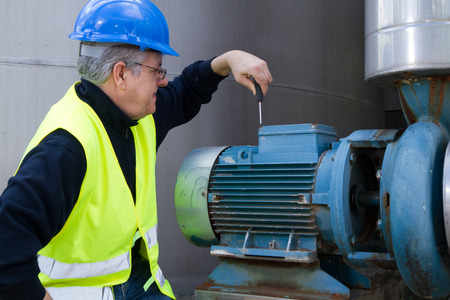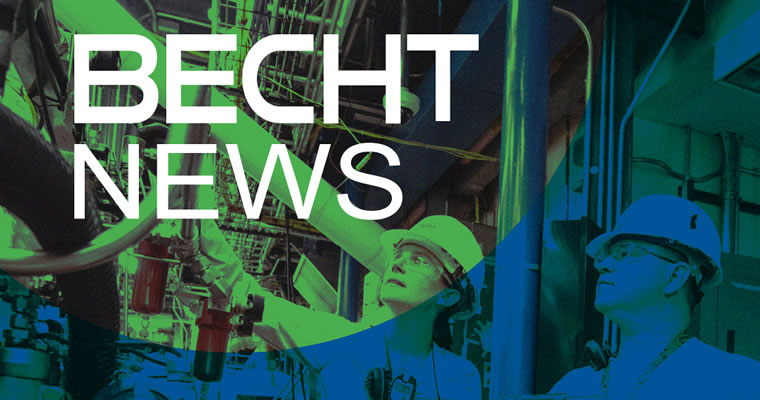Your pump’s Mean Time Between Repairs (MTBR) is what?…Or what should it be…

Many of the tourist spots around the world have panhandlers. Some of the more creative ones stand on street corners advertising that they will tell you where you got your shoes, for a dollar. Of course it turns out that “you got your shoes” at the corner of Bourbon and St. Peters – or wherever you happen to be standing at the moment. It’s a play on words.
However, being able to predict your pump Mean Time Between Repairs (MTBR) is not a play on words. Indeed it can be done quite accurately. I am often asked to do a facility rotating equipment reliability audit. After all, the plant’s management has heard that top tier plants have pump MTBR’s in excess of 100 months. They would be happy to have half that number. Hence the need to understand the major MTBR influencing factors.
The main broad reliability categories that determine what the eventual, or as installed pump MRBR will be include:
- Design (Process and Mechanical)
- Operation
- Maintenance
Besides these hard equipment categories we also have soft factors, such as management practices. These would include reliability, leadership, stewardship, and quality improvement programs. A comprehensive evaluation and development of corrective recommendations can often be a lengthy process, but quite necessary if we are serious about exceeding MTBR of 100 Months. For simplicity, only a few select management practices are included in this MTBR estimator.
The first evaluation step is to look at the equipment and its operating conditions. Some hardware will never be reliable and some services are just plain difficult to work with. The best you may be able to do is to mitigate the bad process hand that you have been dealt. (For mitigating ideas I suggest one of the many excellent Heinz Bloch articles on Equipment Reliability Enhancements with Payback)
So let’s start with a hypothetical pump and a predicted MTBR of 100 months. Then let’s estimate what your actual MTBR is by applying derating factors. For pumps, these factors mainly involve the predominant seal and bearings problems.
Note that some are not direct causal factors and a few are interdependent. Many factors can be mitigated by minor hardware modifications, additional protective instrumentation and setting acceptable process operating limits. On the other hand just having a Vibration Program or Operating Envelopes will not do anything for you if they are not implemented well.
PUMP Estimated MTBR (months) = 100 x All Correction Factors
| ITEM | FACTOR LIST NORMAL | If not normal use this correction factor ADJUSTED |
| PROCESS DESIGN
GPM FLUID single component |
|
.95 .9 |
|
MECHANICAL DESIGN |
Yes |
.8 |
|
OPERATION |
No |
.5 |
|
MAINTENANCE |
Yes |
.8 |
1 Swapping a pump too often without a valid reason may result in an “infant mortality” failure. Swapping should be based on a justified need. Pump that is shut down should be properly prepared, for example when the pumped fluid may solidify; the case should be drained and refilled with a compatible non-solidifying fluid.
So there you have it. The “educated crystal ball” says that based on these parameters, the estimated MTBR may be even below 20 months. Surprised? Armed with understanding WHY it may be so low is a start to making it a lot better. Fleet leaders are now starting with a baseline MTBR of 150.
| Major MTBR Influence Areas | |
| < 50 months | Hardware |
| 50-100 Months | Operation and Maintenance |
| >100 Months | Management Practices |
Let’s review some of the big impact items on the pump MTBR:
- Stay above the minimum (Fraser) flow
- Follow other design operating envelopes
- Assure that the seal is operating with an adequate PT margin
If your engineering staff dedicated to reliability improvements is limited, you can always supplement it with contractor support. Also, as seal problems tend to cause most low MTBR issues, call on your seal supplier – all of the majors have excellent engineering, and quite often will issue recommendations for free.
Finally, management should exercise caution when comparing pump MTBR between various industries, plants, or even units. As can be seen above, the degree of granularity to make a valid ‘apples to apples’ comparison is quite involved. Implementing a Bad Actor program and tracking improvements is often a good start on the road to improvement.
You may view similar Becht articles in our Rotating Machinery section of Services – Click Here to View




